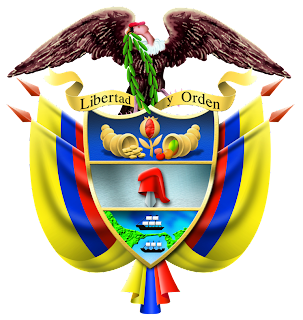

Ok, but it’s the same thing from the perspective of all the people on an instance vs from the perspective of an individual. Those people are still there, creating posts etc., and they can easily move on other instances if they want too.
It’s just a “bigger blanket”, but the concept is essentially the same, with the plus that more people are “covered” and the minus that someone might be affected against their will.
Either way, it doesn’t solve the problem, it just masks it for the members of an instance. Why would it be a fundamentally better solution in this particular instance?




You see, it’s not required for me to agree with whom you are criticizing, to criticize your inability to be civil. So keep making as many strawmen you like. We are in a post complaining about user behavior/content and your behavior and content are both completely unacceptable in a community.
Also, you can stop name-calling, this may have an effect when someone else values your opinion, I don’t.